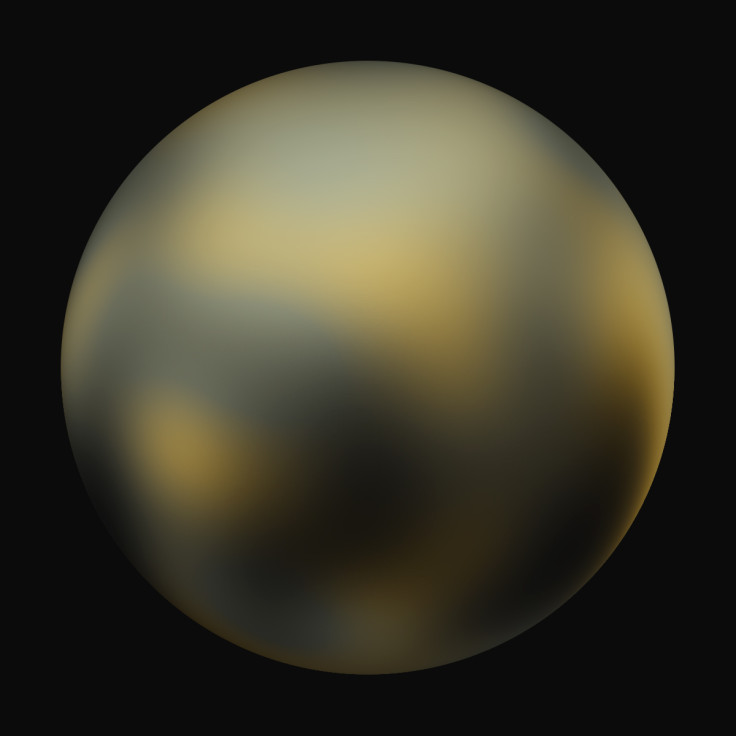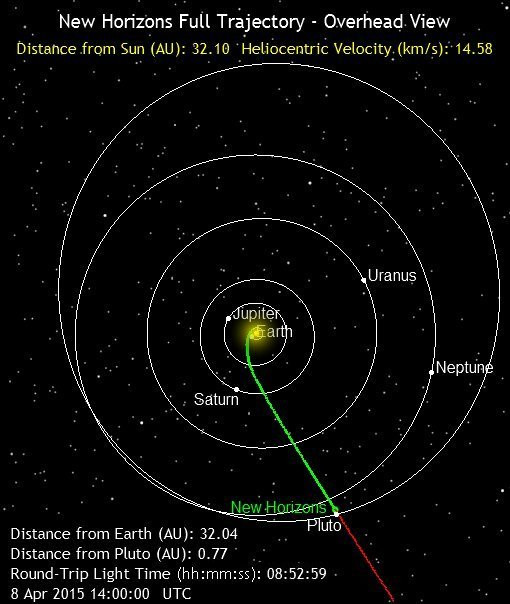New Horizons: Pluto lander would be 'spectacular' next mission

A Pluto lander would be a "spectacular" next mission after New Horizons, as the planet could potentially be used as an observatory, an expert has said.
Alan Stern, principal investigator of the New Horizons mission, spoke to IBTimes UK as the team gears up for the closest ever encounter with Pluto in July.
Over the coming weeks, Stern said the team will be making their final preparations: "April is a very busy time for us," he said. "We have the first observations from a number of instruments on board. We're doing a lot of navigation to home in on Pluto. We're planning a homing burn, meaning an engine trajectory correction in May.
"We're also conducting the last few mission simulations to train our team and prepare for the encounter. There are three of them in April and they're all very important."
New Horizons is just two months away from its flyby of Pluto, having launched in January 2006. At time of writing, it was 115 million kilometres (71 million miles) from the dwarf planet.
From May, the spacecraft will begin sending back images of a better resolution of the planet than Hubble – the first time it has been seen with such clarity – and the pictures will get better and better as the weeks go on.

"Ultimately of course we will have spectacular resolution," Stern said. "If we flew over London we'd be able to spot individual buildings. To be specific, the best resolution will be about 70m per pixel, so when I say buildings I mean things like stadiums or large buildings in the down town – not individual houses."
One of the key aspects of the mission is to create a map of Pluto, with details of its surface, geology and composition. However, what scientists will find when New Horizons gets there remains a mystery.
"The current resolution images of Pluto are very pixilated. If we were looking at the Earth we wouldn't be able to see continents, so it's very hard to predict the kinds of geology and surface features we're likely to see."
Stern added, however, that not knowing is part of the excitement – mankind has not visited a new planet since the 1980s, and every other mission to planets in our solar system has thrown up some huge surprises: "We really are going exploring, so we're very much looking forward to that but it's hard to predict. Exploring is a wonderful thing that humans do and I think New Horizons' flyby of Pluto will be one of those historic events of the 21<sup>st century."
Along with the planet, New Horizons will be looking at the planet's moons. At present, Pluto has five known moons, but more could turn up on arrival. In particular, scientists are hoping to study the binary system of Pluto's moon Charon to gain a better understanding of the relationship between Earth and its satellite.

At present, Nasa is taking submissions from the public to name some of Pluto's geographical features. Stern said so far they have received tens of thousands of entries. The space agency recently announced it has extended the date for entries because of the overwhelming response – revealing the public excitement for the mission into uncharted territory.
But what next for the mission? "The intent is really to come to understand how the Pluto system came to be, how it's evolved over time and by extension what other dwarf planets in the Kuiper belt are like," Stern said. After the flyby ends, there are preliminary plans to send it further into space, the decision on which will be made in August.
For Pluto, though, Stern said a lander could be the next step for the planet. "We need to see what the results from New Horizons are, but I think a lander would be a spectacular mission to do next," he said.
"From a lander you could also observe all of the satellites, so it could act as a very good observatory, almost like an orbiter at the same time. We very much plan to think about those kinds of things after the flyby, but first we want to see what kinds of surprises Pluto has in store."
© Copyright IBTimes 2025. All rights reserved.






















